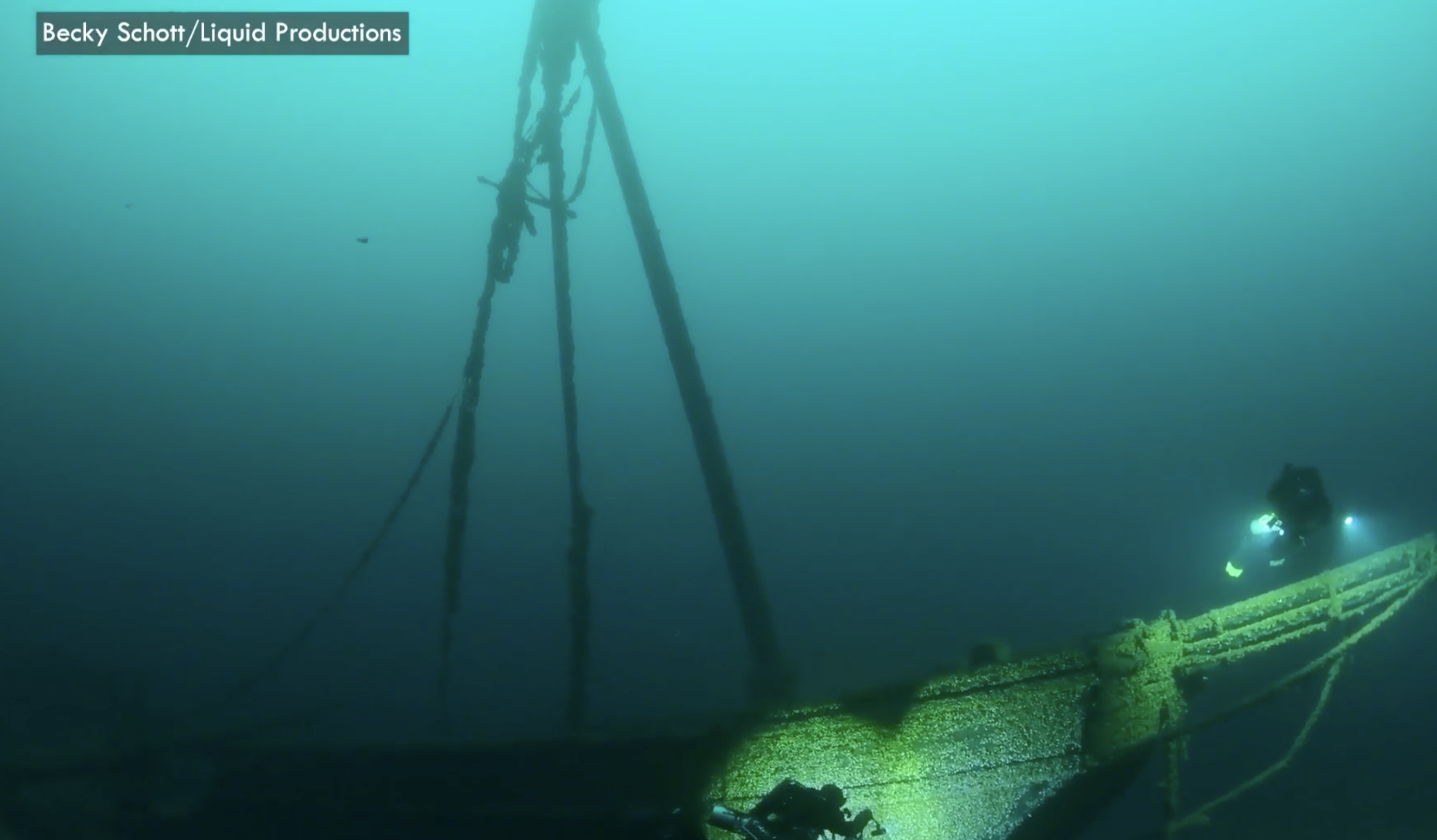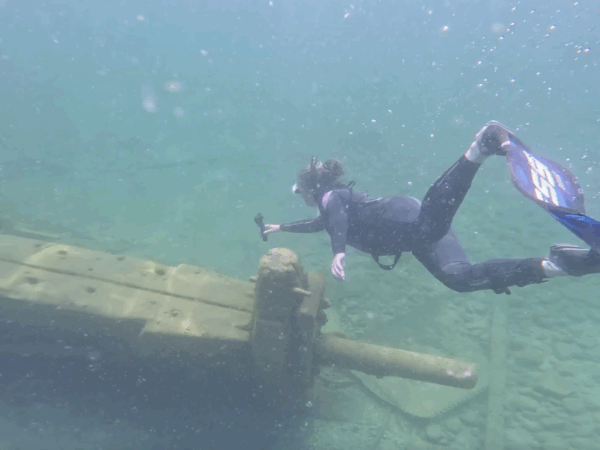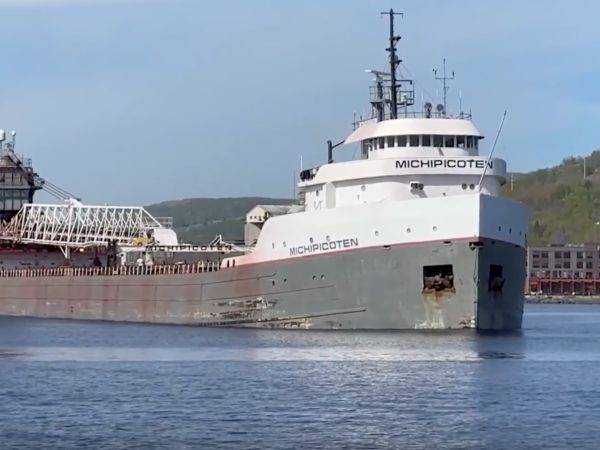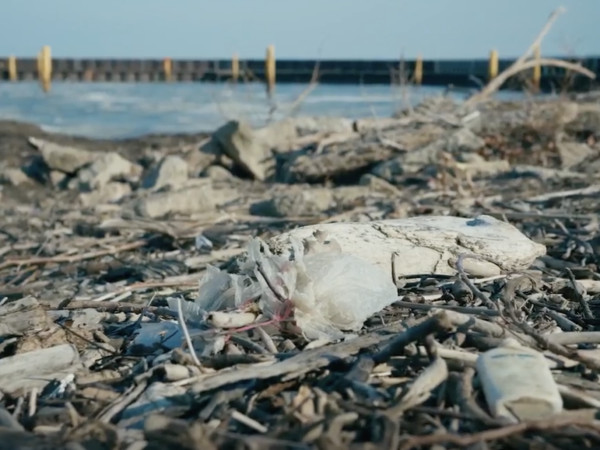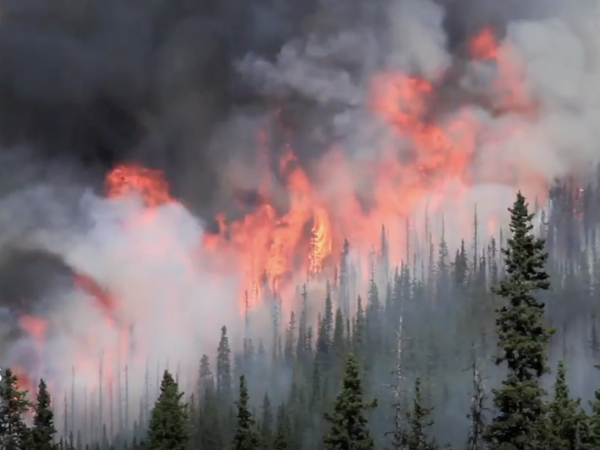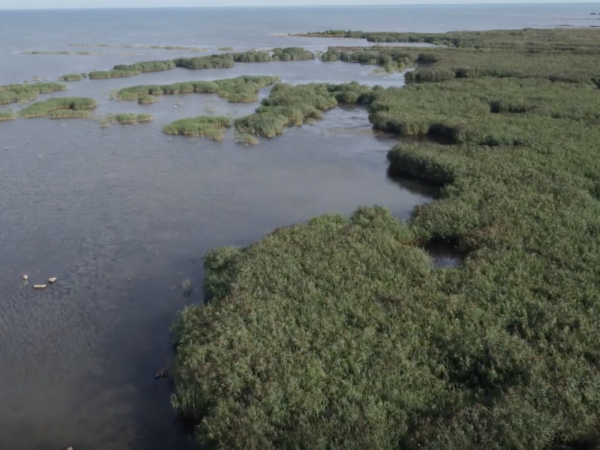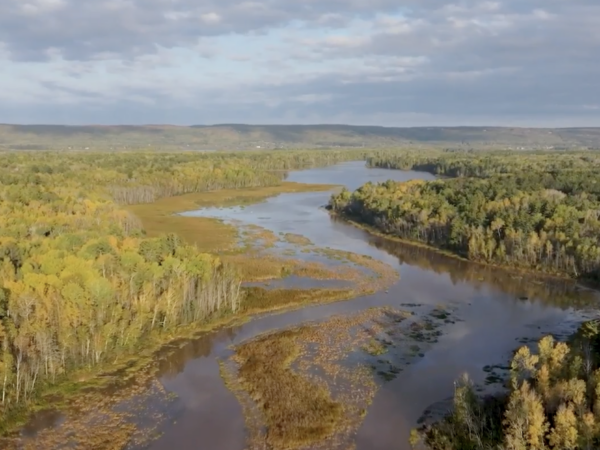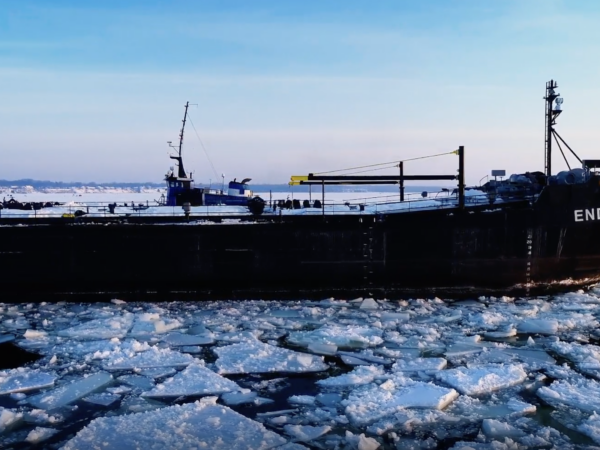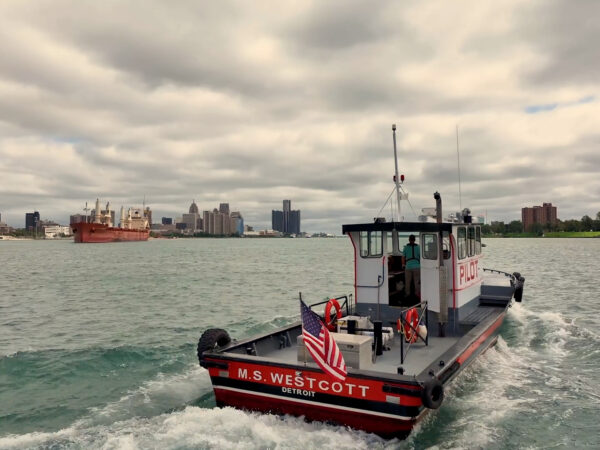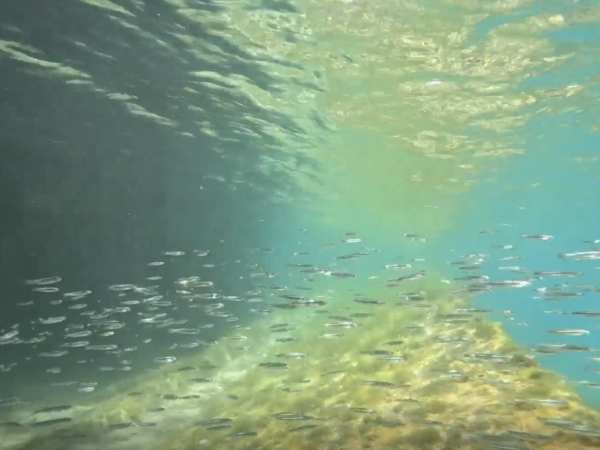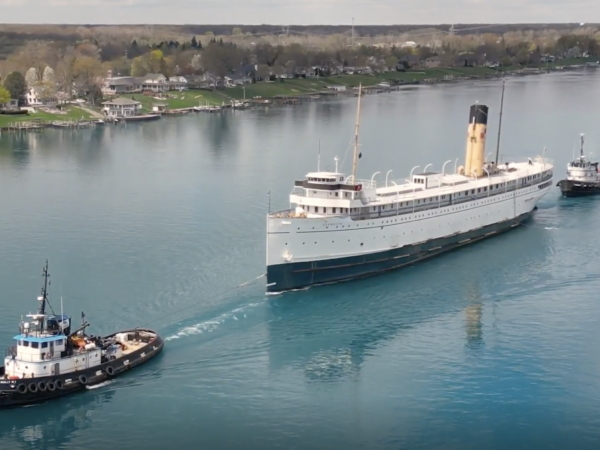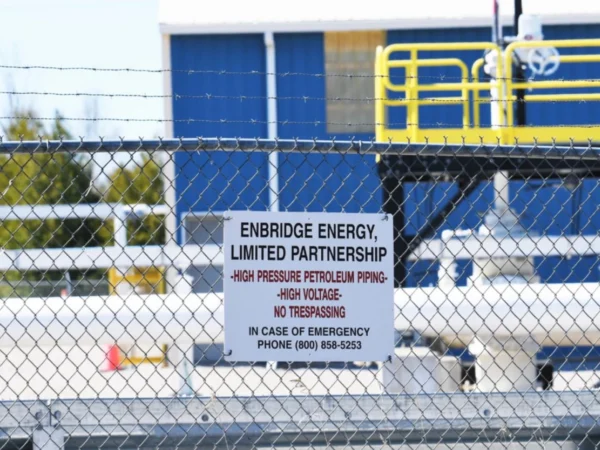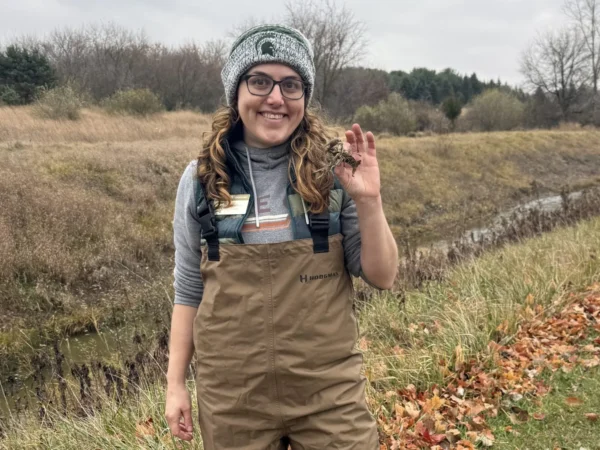IN THIS EPISODE:
In the latest episode of Great Lakes Now, visualize the future of rising lake levels, take a deep dive into the world of Great Lakes shipwrecks, and see how researchers are tracking the secret lives of fish.
When to Watch?
Check your local station for when Great Lakes Now is on in your area.
Envisioning Threats to Great Lakes Shorelines
SEGMENT 1 | Duluth, Chicago, Detroit
Scientists have been warning us for years about things like climate change, rising lake levels and erosion. However, it can be difficult visualizing what that might look like. But, a newly updated program developed by the National Oceanic and Atmospheric Administration, or NOAA, is offering the public a simple way to see what climate change could really mean for the Great Lakes Region.
NOAA’s Lake Level Viewer shows how rising lake levels could impact waterfront communities such as Minnesota Point in Duluth, Minnesota. “The erosion is progressive and it’s eating away at all the sand material that’s been put along the point,” said Paul Treuer who is leading a community effort to save Minnesota Point.
“If nothing is done, both ends of Minnesota Point may be breached,” said Dawn Buck, a lifelong resident of Duluth. “The dunes will wash away. Homes will be in peril, infrastructure will be ruined.”
Brandon Krumwiede, a Geospatial Coordinator with NOAA has been using the Lake Level Viewer to advise people in Duluth. “The hope here is empowering users to see the impacts so that they can work with their community leaders and think about the future and how we become resilient communities for the next generation.”
This Tech Reveals the Secret Lives of Fish
SEGMENT 2 | Chicago, Buffalo
Unlocking the Secrets of Great Lakes Shipwrecks
SEGMENT 3 | Whitefish Point, MI
The Great Lakes are home to an estimated 6,000 to 10,000 shipwrecks, many still waiting to be discovered. But with over 94,000 square miles of combined surface area and depths reaching more than 1,300 feet, locating these lost ships is no easy feat. So where do you even begin your search?
We sit down with three experts to uncover the methods used to track down Great Lakes shipwrecks- ranging from advanced sonar technology to plain old luck. Shipwreck hunter Dan Fountain, Bruce Lynn from the Great Lakes Shipwreck Historical Society, and maritime archeologist Tamara Thomsen from the Wisconsin Historical Society, share their insights on how they locate, identify, and study these underwater time capsules.
This is the first episode of Deep Dive, a new digital-first series from Great Lakes Now.
Featured Articles


